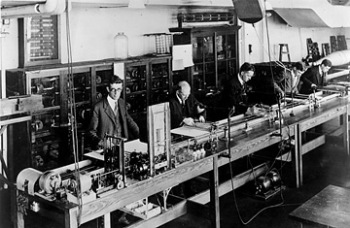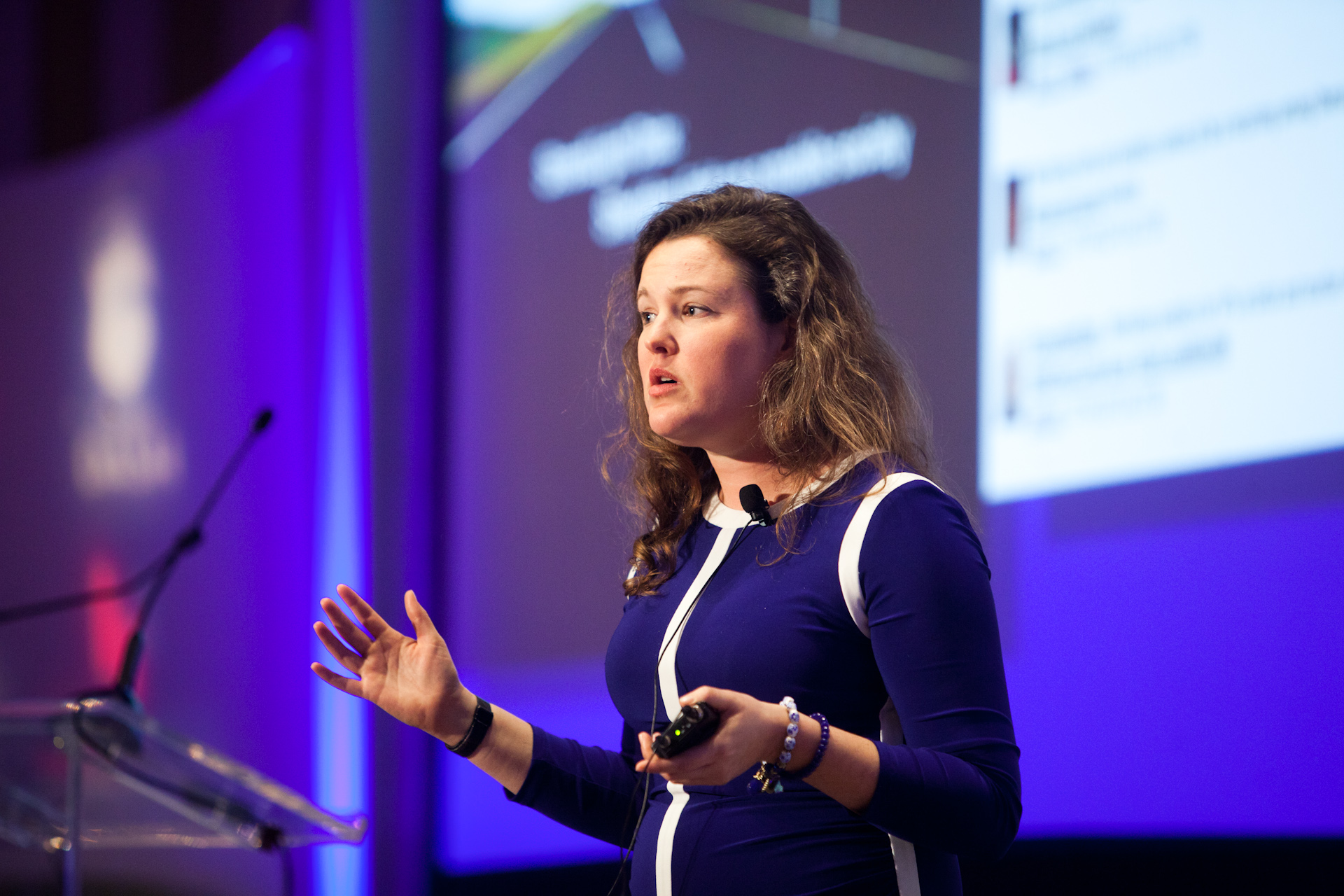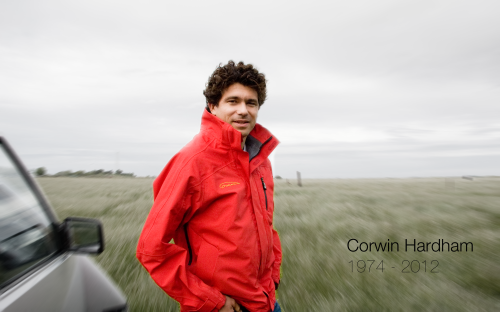Long overdue updates RE: LightSail Energy
TLDR; LightSail Energy, now LightStore, is effectively a defunct company that owns and licenses IP, which is far from the worthy and world changing company it could have and should have been. And Energy Storage, as far as investment is concerned, is back. Why wasn’t I saying anything, and what am I up to now, anyway?
It’s been far too long since i’ve written anything here. I felt rather overconstrained to speak about my situation and what I was working on in long form. and it’s been hard to explain why!
One large part of it was twitter; far too many of my essays were “eaten by tweets, as deer run ravenous consume the saplings that would become tall trees.” I’ve tweeted a lot, and while I’ve gotten a lot out of the platform, it is undeniably the case that tweets do not sum to a body of work like long form writing does, and that my absence here was a form of hiding.
Basically, I was in a double bind. I felt tied up about the misrepresentation of my company. I wanted to take the high road. I wanted to come back with an actual solution to energy storage. I did not want to petulantly point fingers for a defunct company! I did not want to bait the Streisand effect by calling out the lies of a particularly badly behaved journalist.
Better to work in the shadows than to court controversy, especially when I didn’t actually need the media profile. That’s what I told myself, at least. I pretty much left the internet to study, recover, and recollect, and only really returned in a big way to warn about Covid.
I was surprised, and dismayed, to find that people believed the narrative spun in that take down, and had my wikipedia page trashed. Lazy journalists copied the original lies, and my main investors pivoted the whole company to a licensing operation for tanks, and maybe, compressors (they still own the patents). What a waste, sadly. I found a lot of motivation from my retreat from that world, away from VC funded companies, and the media; for my new efforts, I would own my own channels.
Yesterday, I found to my amazement that Hydrostor, which had previously been a company using gear compressors to inflate bags under a lake for energy storage, had changed almost everything to be a nearly conventional adiabatic compressed air energy storage company using turbines, and had raised $250 million from Goldman Sachs to further their efforts. After Silicon Valley VCs and energy companies dropped the more pedigreed LightSail Energy, SustainX, General Compression, and others, score one for Canadian R&D policy for keeping them afloat where private investors wouldn’t. I will note that this seems to have been a huge factor in D-Wave Quantum Computing and General Fusion, both high risk deep tech companies that I think would have had a vastly harder time in the volatile SV VC funding landscape; take note, deep tech entrepreneurs. Consider partnering with a helpful and competent government.
Anyway, tons of people are writing me now about this fundraise, and some are saying things along the lines of “you were too early.” Not really. Energy tech investment cratered in 2014 after oil prices tanked by 6x. Our lead VC made the plausibly sensible move to focus our efforts on tank commercialization, which frankly we endorsed, but then made the regrettable move to license instead of manufacture, which essentially killed the company. I think they thought it was too much of an uphill struggle to raise funds with energy prices low, VCs and industrials having vacated the sector, and shitty journalists writing hit pieces instead of the tailwind of positive press that we once had. Ah well.
Who knew that a few years later, energy prices would come back, and companies without a shred of technical innovation would be raising hundreds of millions from investment banks and SPACs, as easily as rolling trucks down a hill.
Why am I talking about this now? In part to respond to the many who’ve reached back out for information and answers on what happened with LightSail Energy. And in part to pave the ground for my next efforts, which includes a new crack at solving the energy storage problem, with a vastly higher energy and power density, perhaps to power the vehicles, even aircraft, of the future. More on that in the coming year.
I also tweet stormed a response to all this, just to get it out of my head. You can find that, here:
my feeling when people raise a quarter of a billion dollars for an idea i’ve moved beyond game on
also, you know, good for them, and they’ll still find their mega sized niche and so on
high energy prices and the reality of battery prices and lifetimes (as opposed to projections) making it possible to raise huge amounts of money for energy storage again people are using COTS compressors and expanders instead of doing their own, faster to market at least
there’s still room and use for isothermal compressor/expanders, and the tech still works. khosla ventures owns all the patents. you’ll have to ask them about their strategy about pivoting to a carbon fiber tank licensing company; I was onboard when we were going to mfg ourselves
as far as cαnary media is concerned, you’d think that people reading their takedown would see that it was transparently petty…
which contained amongst the misapprehensions, misogynistic lies — e.g. “she spent money flying 1st class to women in tech conferences” – no i did not! i flew coach, on my own dime, at the behest of a VC, to a single conference, staying at a friends place…
e.g. “we never built a low pressure stage” we started with a low pressure stage, to prove the physics, then upgraded the size of the machine, doing the high pressure stage first because that was were the physics was unexplored. we were developing the low pressure stage at pivot
re. “tesla” — after raising more than $40mm for the company I got a loan for an electric car (since without a credit core banks wouldn’t loan to me…), my cofounders approved it and I paid it all back on an accelerated schedule. after I invested in tesla personally & it 20x’d
re. pay — after being paid less than all of the other executives and being pushed to bring on a big company executive as a COO (big mistake) we increased our pay cap, and our FF board member suggested & everyone agreed I should make what the others did.
(i used this to subsidize entrepreneurs and researchers, who went on to do a lot of great things!)
re: they paid for *fresh fruit*, *thursday lunches*, and *kombucha on tap*. they had an employee that would assemble ikea furniture — such mismanagement. my response: what the fuck, basically. you petty, sullen little shit. why is this even a problem.
eric pissoff at gtm, now cαnary media, stuck his lies behind a $200 a month paywall, after calling our employees and claiming that he’d spoken with 10 of them. he literally told them after they were uncomfortable talking “oh it’s ok I just need to claim I spoke to you”
he then sold the company (gtm) to an oil and gas media conglomerate, and took down the paywall. take down complete? why was this shitty journalist spreading lies to take down good companies. our board member said it happened to his company too. avoid cαnary media; not to be trusted
why did I not respond back then? well, frankly, a) wanted to avoid the Streisand effect, didn’t appreciate that *years later* people would still be reading and believing a transparently petty takedown. double bind, apparently b) despite disagreements about scaling the co down…
…I didn’t want any of our investors (or the company) to look lame, which I thought was the inevitable outcome if I expressed the facts of what happened we weren’t actually directly solving the energy storage problem — we didn’t want or need the press to solve it, but…
…I didn’t appreciate that in the hype driven world of VC, a takedown could and did essentially kill future fundraising prospects, and the decision to shut down tech dev and pursue licensing we forced as a result. big mistake, imo, still, but the majority shareholder’s decision
c) I knew that I’d have another swing at the energy storage problem, attacking it from a different angle, extremely high performance, high energy and power density, in a way that would make this whole bullshit storyline branch irrelevant. and the time to do that is now
…I’ve said very little publicly, because frankly, pointing fingers around a defunct company seemed petulant and lame, and it would not honor the achievements and efforts of those who were part of it. the only resolution that seemed worthy would be a new effort to solve storage
…which I am now doing, and will start to reveal this year.




